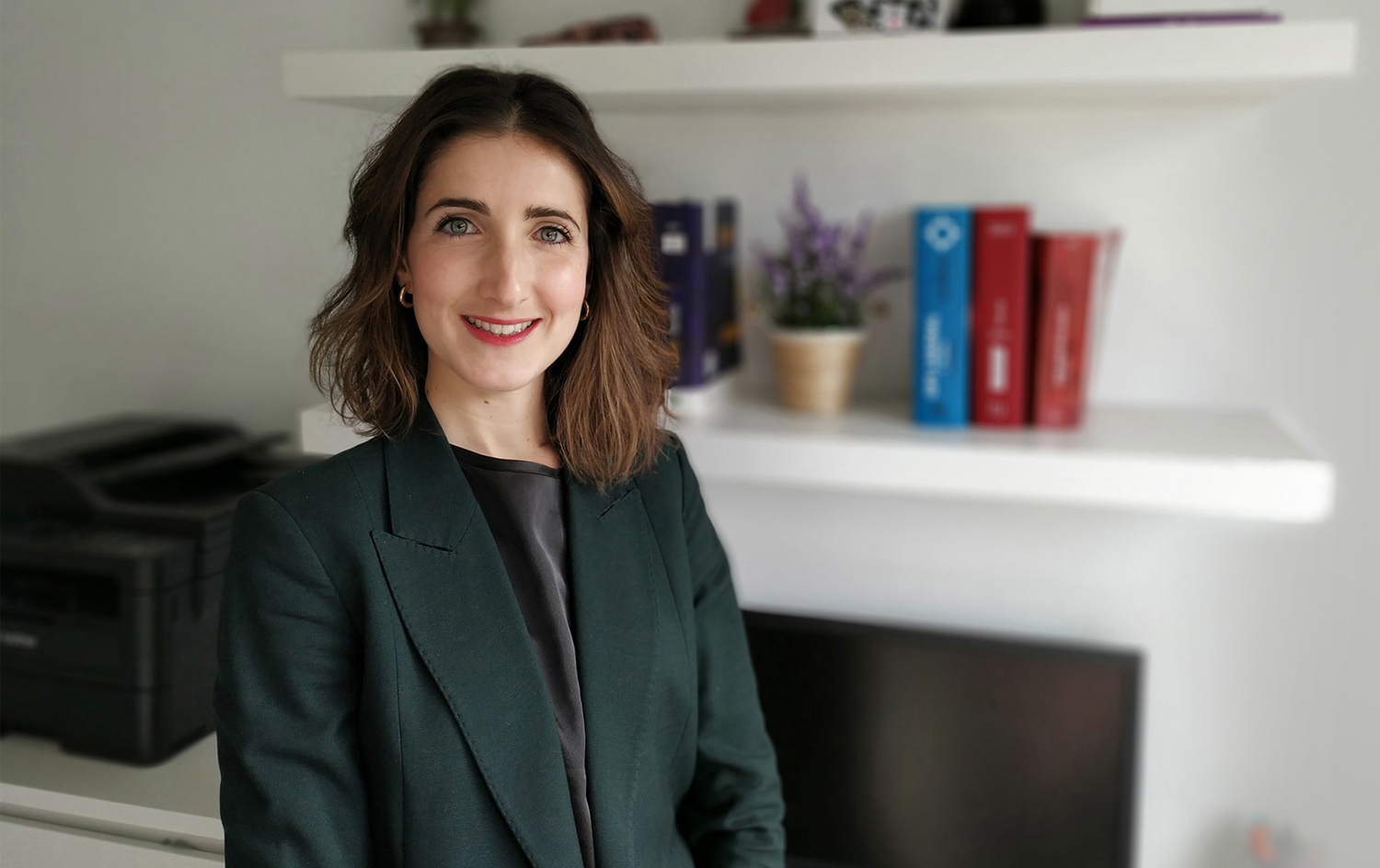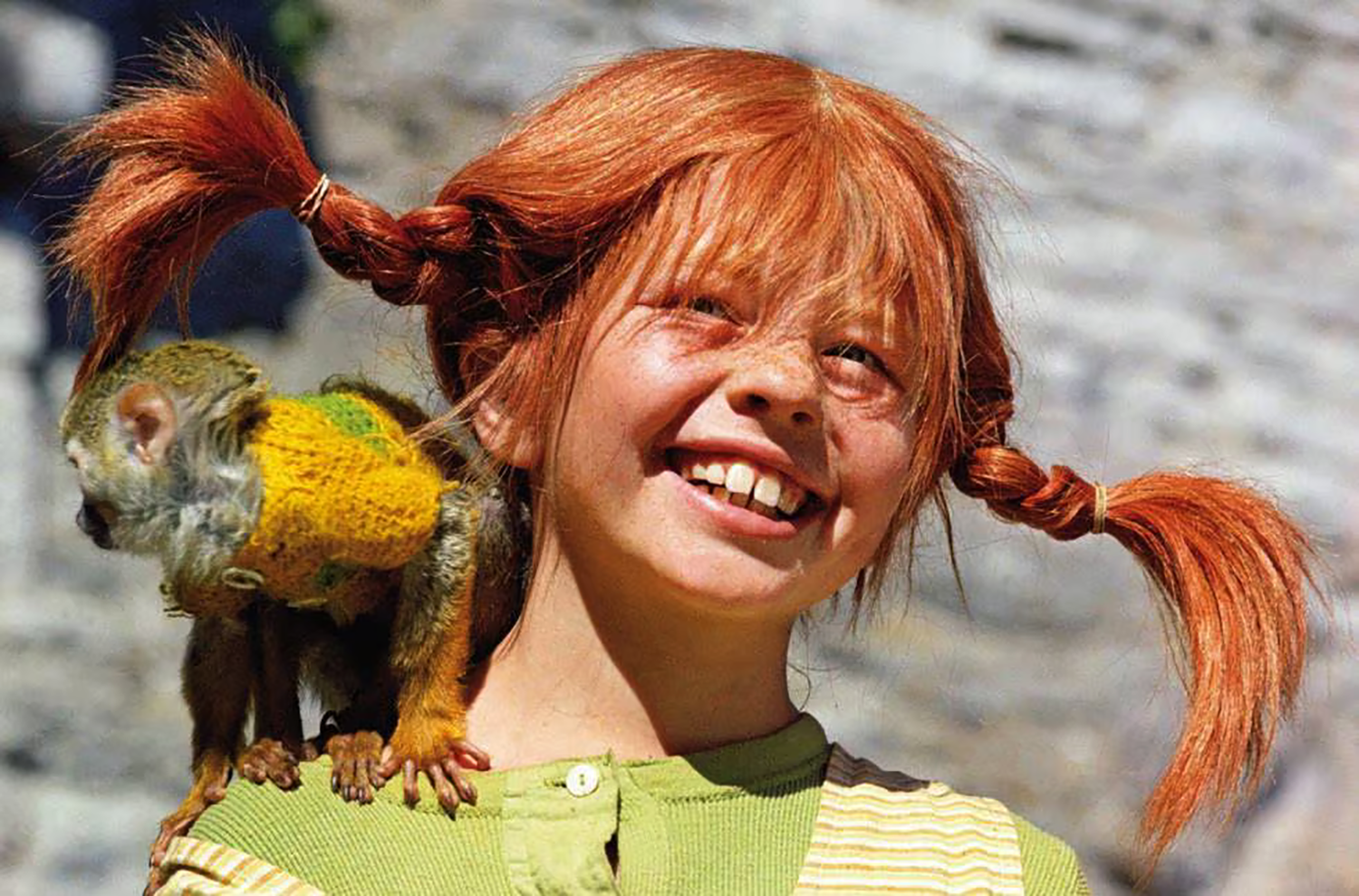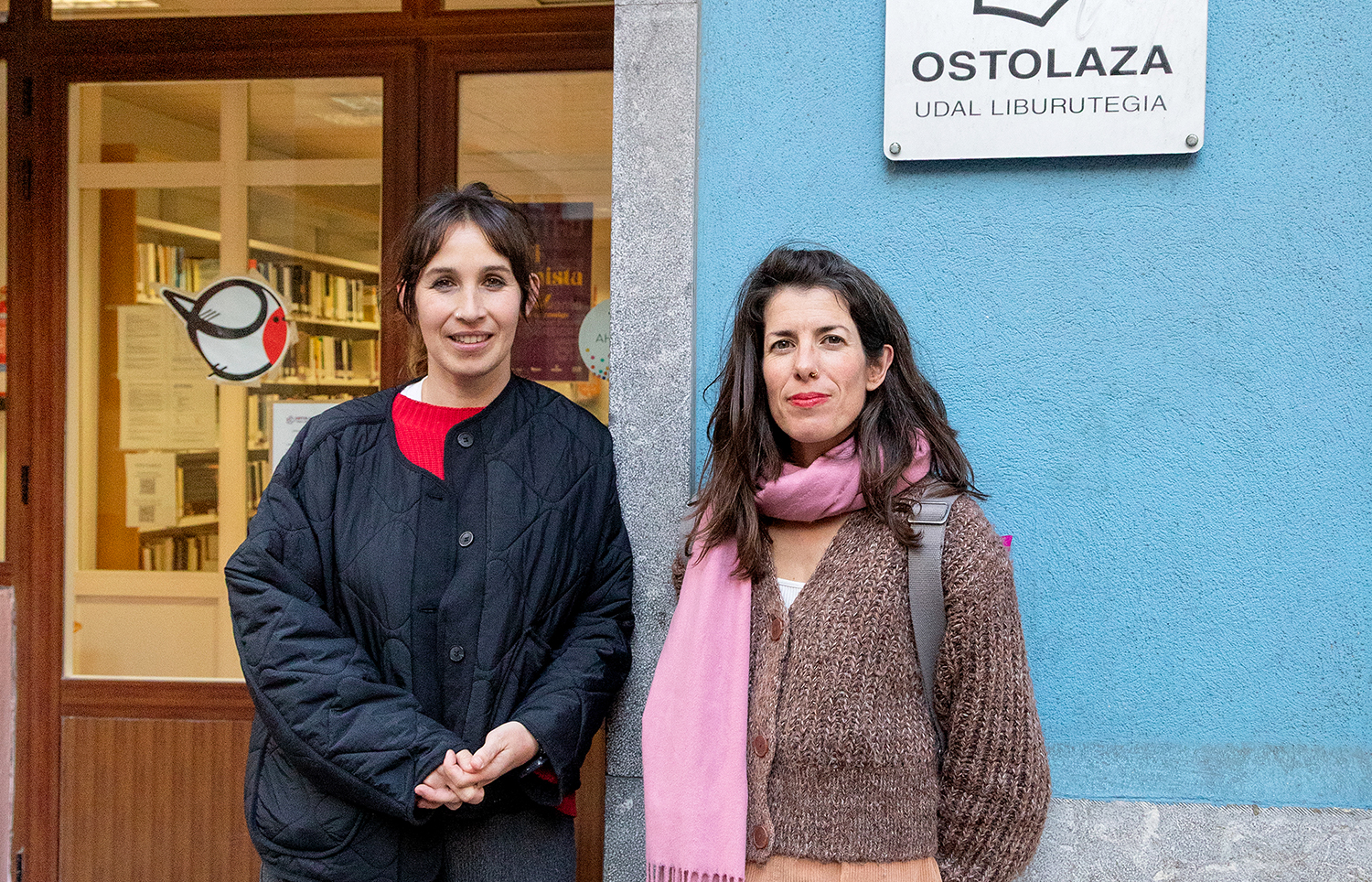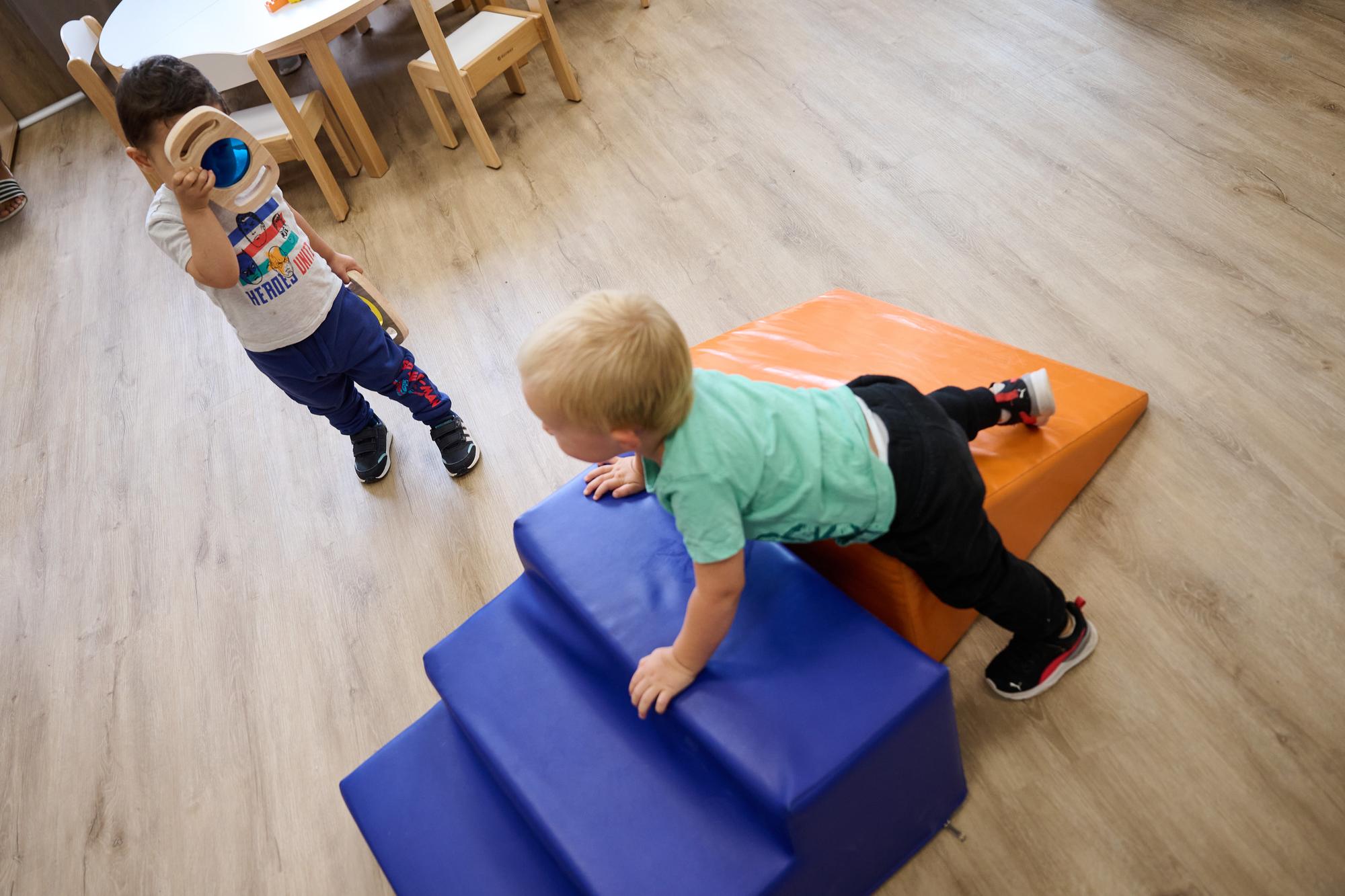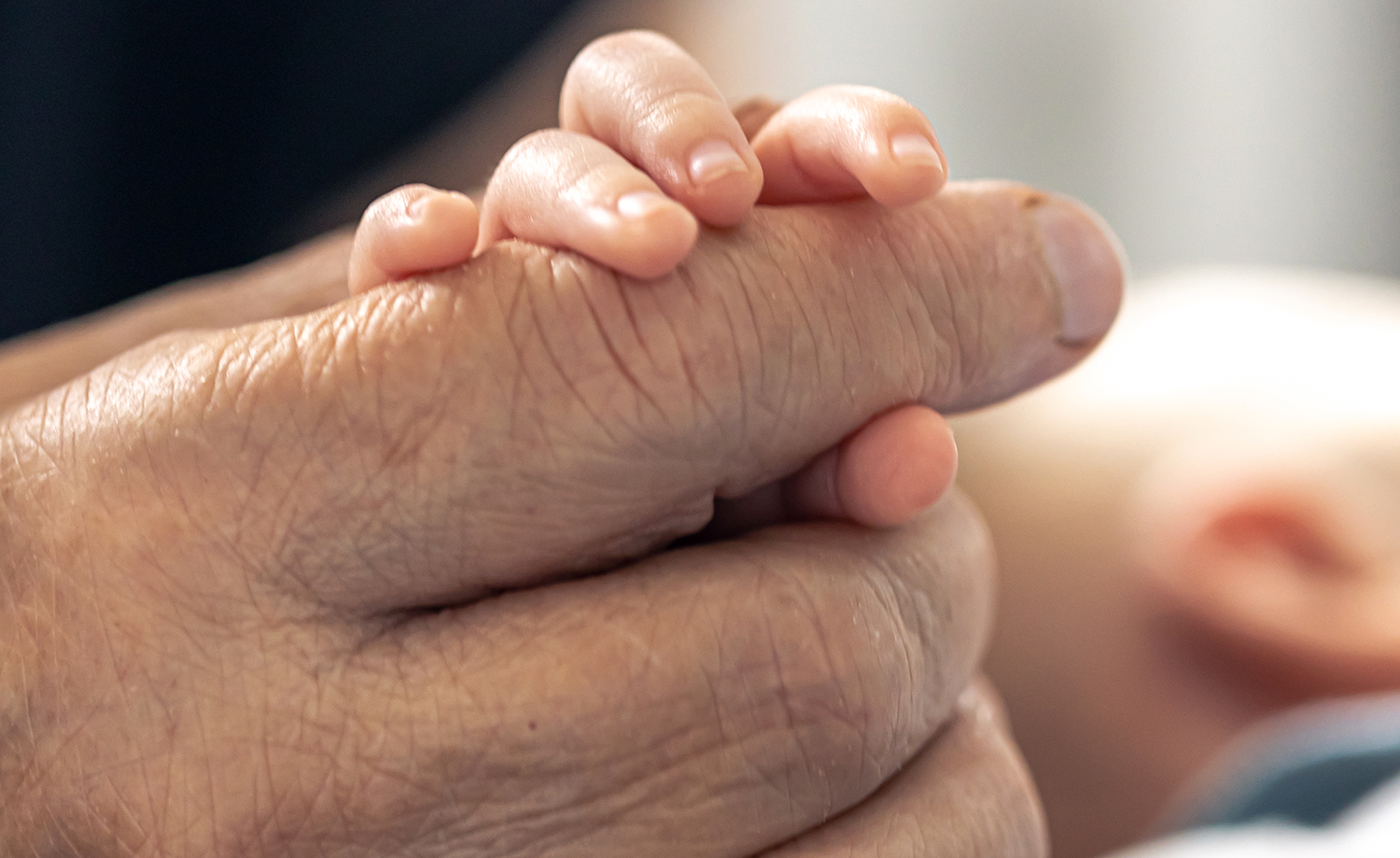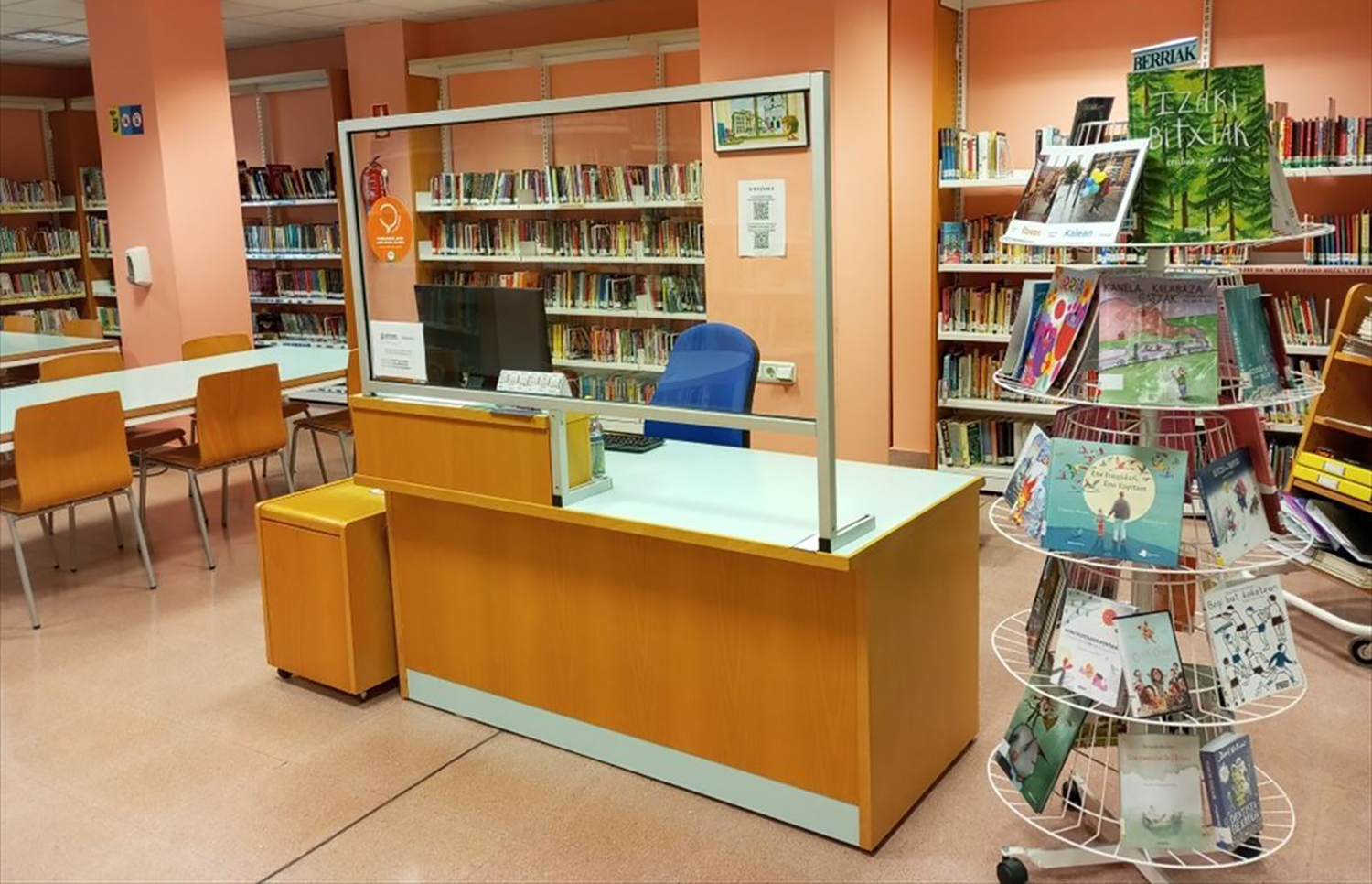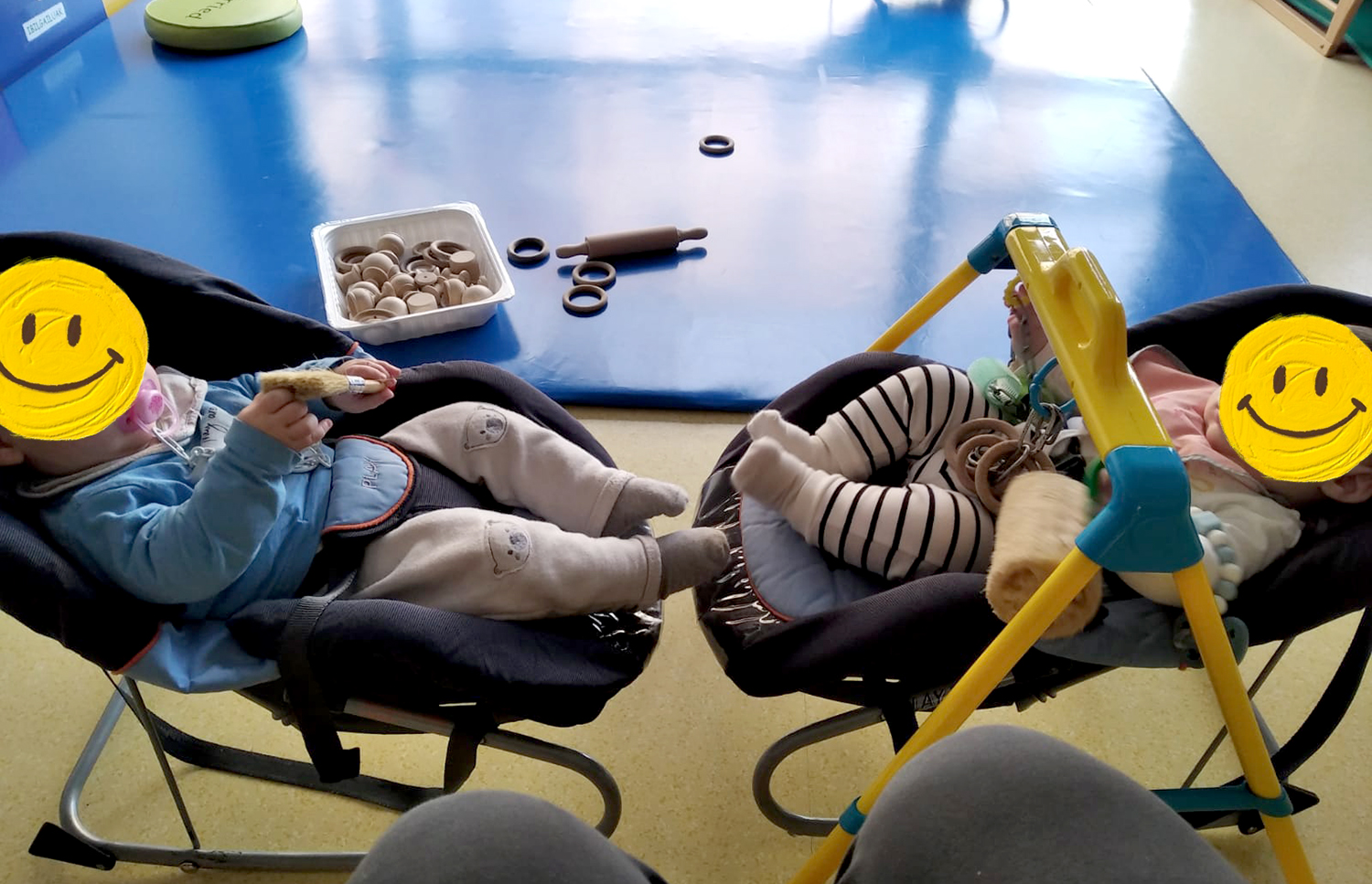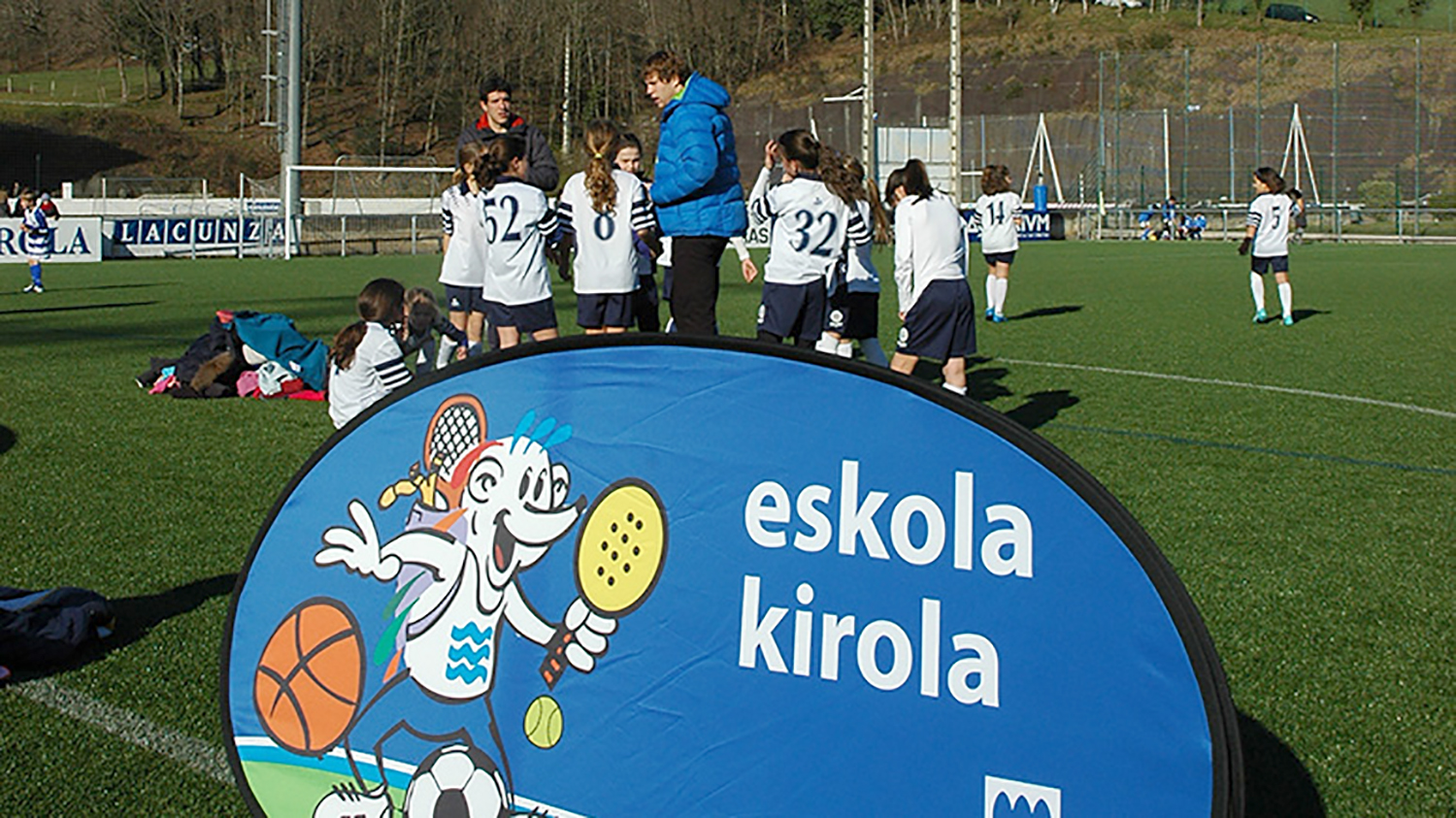Cultivating the fears of the night on the net
- The psychologist Eneko Mendiluze Plaza has given some clues about nighttime fears. Every parent should see what is best for their child.

Led by the psychologist Eneko Mendiluze Plaza of the cooperative Agencia, parents with young children have been talking about nighttime fears on the 8th in Elizondo (Navarre). The aim of the session is to clarify concerns about nighttime fears and develop tools to work on fears together. Mendiluz makes it clear that there is no magic formula or concrete steps to follow: “Those who seek such answers are usually frustrated.”
The differentiation between nightmares and night terrors is usually one of the concerns of parents. Mendiluz says that when a child has nighttime fears, he usually doesn’t remember them the next day and most of the time he still sleeps, but he has an expression of “immense” fear. On the contrary, in the case of nightmares, they are “difficult” to sort and integrate, they cause concern, they can wake up in the middle of the night and they can remember them the next day.
It is difficult to identify which factors cause one or the other to occur. According to Mendiluze, the mind is “a bit mysterious” and there is still much to theorize about the meaning of dreams: “We know that it is a mediator that has the mind to integrate our life experiences and, in a certain way, a way to assimilate the circumstances that occur in reality.”
Parents know “better than anyone” when children need to be around or take distance
In addition, when analyzing fears, it is important to consider how fears change year after year. For children between the ages of zero and two, they tend to be “very physical”, “very emotional” and “very corporeal”: “We are primitive. Our amygdala works in hyper-activated mode and our frontal lobe is still unable to tell our amygdala to relax.” Two to four years later, it’s time to start building symbolism. Then the fears are more related to monsters, sounds and darkness. Finally, from four to six years, fears are often related to loss and death: “Understanding and awareness of fragility are deeper.”
It’s something that’s part of the child development process and doesn’t have to be worrying. But when they begin to affect the day-to-day, such as sleep, relationships, studies, and/or attention, and these symptoms extend over time, attention should be paid.
What can children do when they are afraid at night? “The purpose of this training is to answer that question as a group. My role is not to come and tell you what to do. Parenting doesn’t work that way,” he said. In fact, the needs vary according to the moment, the family and the child: “We are in favour of strengthening the parents and in this sense we want to encourage the attitude of their ideal gaze. We don’t want to make them dependent on us; we want to promote their right look.”
Circle of Certainty
Although one must find his way, Mendiluze usually starts from a model: “I plant the seed, and then it’s your responsibility to water it at home.” For this he works within the circle of certainty. The goal is to create a safe space to start exploring the child, and to have a safe shelter in case of fright. To do this, it is necessary to analyze the moment when it requires an increase in the distance between the parents and themselves or when it approaches. That is, at what point does he say that he wants to do it for himself or that he wants support: “If our little one asks us for help because he can’t manage his fears at night, we have to be there. If your capacity for internal balance has not been fully developed, we will have to be there. For example, when you are sleeping, you can only relax by touching your hand.” He adds that parents “know better than anyone” when children need to be around or distance themselves.
There are phrases to avoid, such as “don’t be afraid” and “you’re stupid”
She also says it’s important to recognize children’s emotions: “If he says there’s a monster in the closet, give him a hand, and together we can approach the closet.” There are also phrases to avoid, such as “don’t be afraid” and “you’re stupid”: “We don’t see them as appropriate.”
In addition, he believes that the use of play and imagination can also help. For example, create a spray against monsters, draw a caretaker of the room, and others. The thing is, you have to find out which strategy helps you the most.
Is it important to use a language correctly? To what extent is it so necessary to master grammar or to have a broad vocabulary? I’ve always heard the importance of language, but after thinking about it, I came to a conclusion. Thinking often involves this; reaching some... [+]
Haurtzaroaren amaiera eleberri distopikoa idatzi zuen Arthur Clarkek, 1953. urtean: jolasteari utzi dion gizarte baten deskribapena. Eta ez al da bereziki haurtzaroa jolasteko garaia? Jolasteko, harritzeko, ikusmiratzeko eta galdera biziak egiteko unea. Ulertzeko tartea zabalik... [+]
Eskolaz kanpoko jardueren eskaintza zabala egiten duten ikastetxeen aldean, beste askok ez du horretarako aukerarik; eta eskola bereko ikasleen artean ere, denek ezin dute ekintzetan parte hartu, baliabide ekonomikoek baldintzatuta. Esku hartzeko dei egin diete instituzioei:... [+]
Haurreskolara beharrean, 0-3 urte bitarteko umea zuzenean ikastetxera bidaltzea, Haur eta Lehen Hezkuntza osoa (12 urtera arte) hartzen dituen zentro berera. Hori da Nafarroako Hezkuntza Sailak Burlatako Hilarion Eslava ikastetxean martxan jarriko duen proiektu pilotua eta... [+]
Iruñeko haur eskoletako zuzendariek, EH Bildu, Geroa Bai, Zurekin Nafarroa eta PSNren arteko akordioa kritikatu dute. “Murgiltze ereduaren alde egin dugu beti, baina inoiz ez da gure iritzia kontutan hartzen” salatu du Euskalerria Irratian, Garikoitz Torregrosa... [+]
Batez beste, adinez gero eta nagusiago bilakatzen gara ama eta aita, hala diote datuek. Biologiari aurre hartu diote ugalketa teknikek, baina guraso zahar ugariko gizartea izatearen inguruan gogoetatzea falta dela iritzi dionik bada.
Miopia gero eta gehiago eta gero eta lehenago ari da garatzen, eta horren arriskua da dioptriak gehitzen joatea eta helduaroan begiari lotutako hainbat gaitz izateko aukerak dezente handitzea. “Eguzki-argia jasotzea inportantea da, eta denbora asko ez igarotzea oso gertu... [+]
Today, the voices of women and children remain within a culture that delegitimizes their voices, silencing their experiences, within a system aimed at minimizing or ignoring their basic rights and needs. A media example of this problem is the case of Juana Rivas, but her story... [+]








